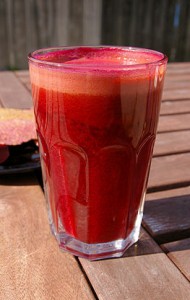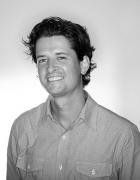Author Interviews, Exercise - Fitness, Rheumatology / 06.10.2015
Pilot Study Tests High Intensity Exercise in Women With Rheumatic Disease
 MedicalResearch.com Interview with:
Anja Bye, PhD, Senior Researcher
Cardiac Exercise Research Group (CERG)
K.G. Jebsen Center of Exercise in Medicine
National Council of Cardiovascular Disease
Department of Circulation and Medical Imaging
Medical Faculty
Norwegian University of Science and Technology
Medical Research: What is the background for this study? What are the main findings?
Dr. Bye: The background was that we know that this type of training is superior to exercise at lower intensities in cardiovascular risk reduction in several patients groups. As it was not tested in patients with rheumatic disease, we set out to determine if this type of exercise would be tolerated in these patients, and of they would experience the same benefits on the cardiovascular system as other patients groups, and healthy young and elderly individuals. Hence the main goal was not to treat the rheumatic disease, but to study whether the exercise training would be tolerated, as we assumed they would have equal benefits from this type of exercise as everyone else. I think the most interesting findings were that all of the participants were capable of participating in this type of high-intensity exercise program, without reporting any negative side-effects. Of course the great increase in VO2max, and the trend towards a reduction in the inflammation after the exercise intervention was very interesting.
(more…)
MedicalResearch.com Interview with:
Anja Bye, PhD, Senior Researcher
Cardiac Exercise Research Group (CERG)
K.G. Jebsen Center of Exercise in Medicine
National Council of Cardiovascular Disease
Department of Circulation and Medical Imaging
Medical Faculty
Norwegian University of Science and Technology
Medical Research: What is the background for this study? What are the main findings?
Dr. Bye: The background was that we know that this type of training is superior to exercise at lower intensities in cardiovascular risk reduction in several patients groups. As it was not tested in patients with rheumatic disease, we set out to determine if this type of exercise would be tolerated in these patients, and of they would experience the same benefits on the cardiovascular system as other patients groups, and healthy young and elderly individuals. Hence the main goal was not to treat the rheumatic disease, but to study whether the exercise training would be tolerated, as we assumed they would have equal benefits from this type of exercise as everyone else. I think the most interesting findings were that all of the participants were capable of participating in this type of high-intensity exercise program, without reporting any negative side-effects. Of course the great increase in VO2max, and the trend towards a reduction in the inflammation after the exercise intervention was very interesting.
(more…)





















